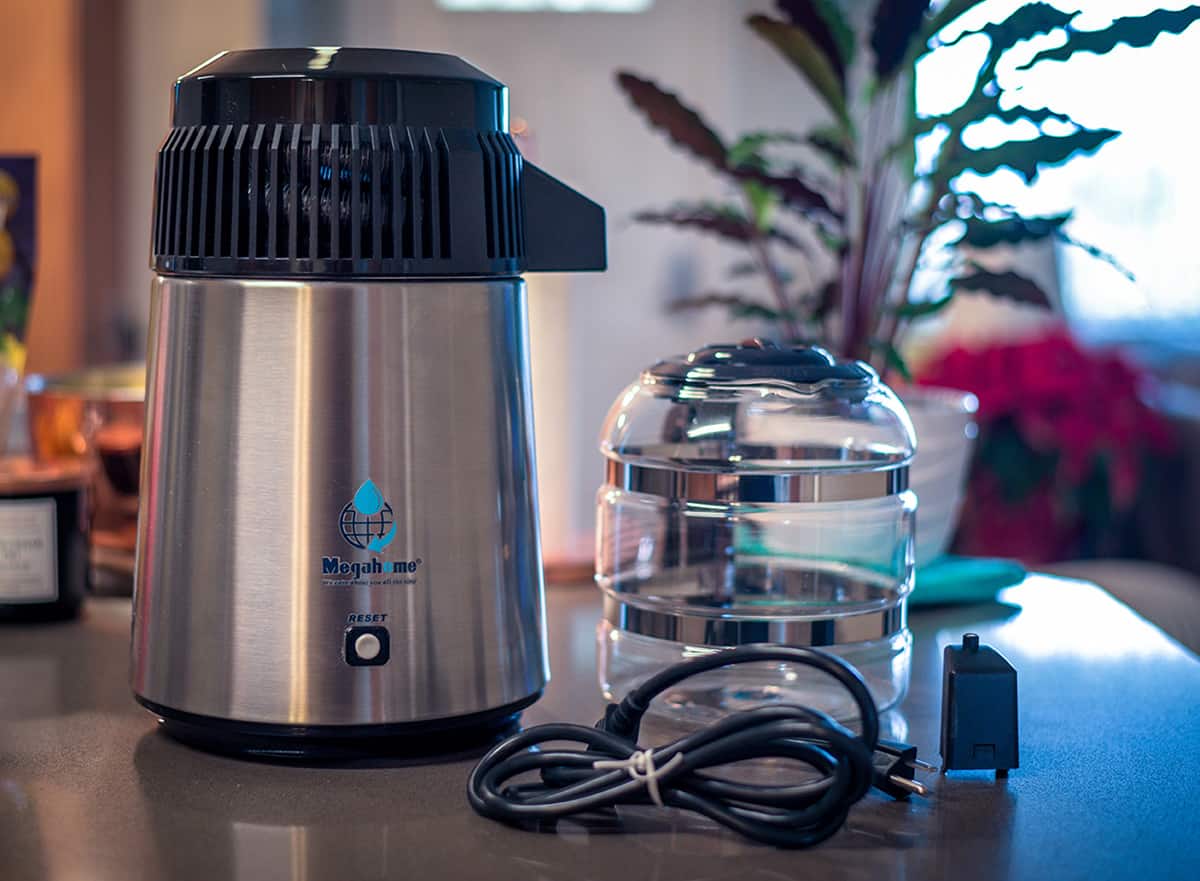The Quest for the Best Water Distiller on the Market: Pure Water at Your Fingertips

Introduction:
Water is an essential resource for life, and ensuring its purity is of paramount importance. With growing concerns about the quality of tap water, many people are turning to water distillers as a reliable solution. Water distillation is a time-tested method that effectively removes impurities, contaminants, and even heavy metals from water, providing you with clean and safe drinking water. In this article, we will explore the best water distillers available on the market, helping you make an informed choice for your hydration needs.
- Megahome Countertop Water Distiller:
When it comes to the best water distillers, the Megahome Countertop Water Distiller is often a top contender. Known for its reliability and efficiency, this distiller offers a user-friendly experience. It is compact, easy to use, and can produce up to 1 gallon of distilled water in just 5.5 hours. With a stainless steel interior, it ensures the purity of the water by avoiding contact with plastic or other materials that may contaminate it. The Megahome Countertop Water Distiller provides peace of mind, knowing that you have access to clean water whenever you need it.
- H2oLabs Stainless Steel Water Distiller:
Another standout option for the best water distiller on the market is the H2oLabs Stainless Steel Water Distiller. This distiller is designed with a durable, high-quality stainless steel construction that guarantees the purity of the distilled water. It features a compact design, making it suitable for countertop use. With a 565-watt heating element, it efficiently distills water, removing impurities and leaving you with crystal clear, great-tasting water. The H2oLabs Stainless Steel Water Distiller also comes with a glass collection bottle, ensuring there is no plastic contact during the distillation process.
- Pure Water Mini-Classic CT Counter Top Distiller:
If you are looking for a premium option, the Pure Water Mini-Classic CT Counter Top Distiller is worth considering. This distiller combines high-quality craftsmanship with advanced features to provide you with the best water distillation experience. It is constructed with stainless steel, ensuring the water’s purity, and offers a compact design for easy placement. The Mini-Classic CT boasts a unique dual-filter system that enhances the removal of volatile organic compounds (VOCs) and other contaminants, resulting in exceptionally pure water. Its programmable features and self-sterilization capability make it a top choice for those seeking optimal convenience and performance.
Conclusion:
When it comes to choosing the best water distiller on the market, factors such as reliability, efficiency, and water purity are crucial. The Megahome Countertop Water Distiller, H2oLabs Stainless Steel Water Distiller, and Pure Water Mini-Classic CT Counter Top Distiller are all exceptional options that provide safe and clean drinking water. Ultimately, the choice depends on your specific needs and preferences. By investing in a high-quality water distiller, you can take control of the water you consume, ensuring its purity and your well-being. Choose the best water distiller on the market, and enjoy the peace of mind that comes with every sip of refreshing, distilled water.
